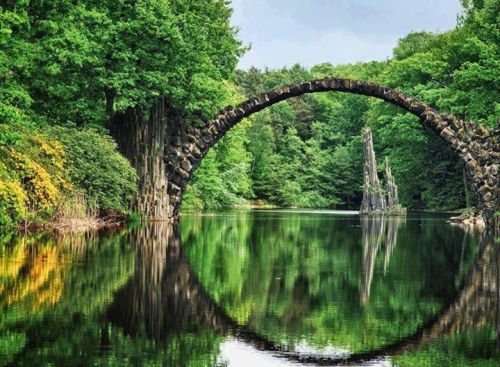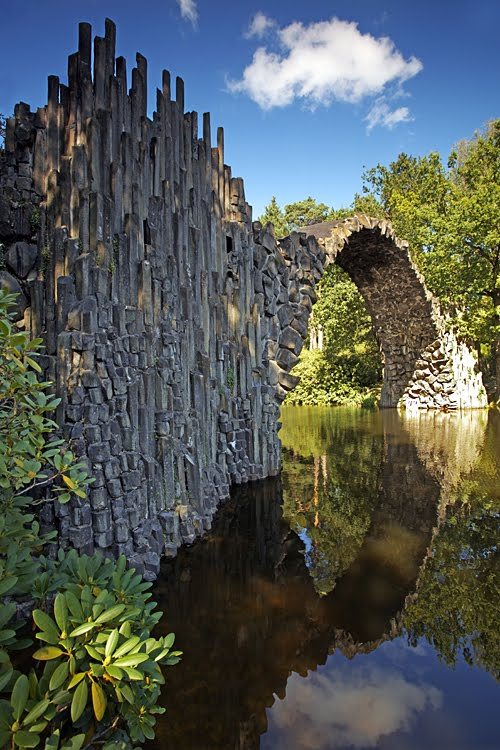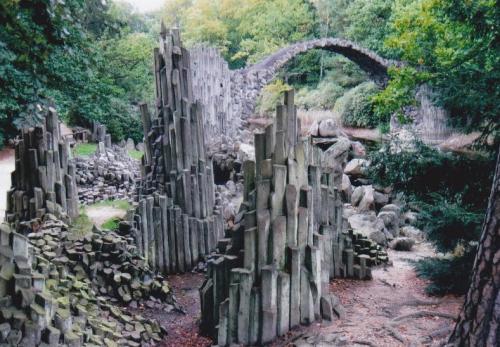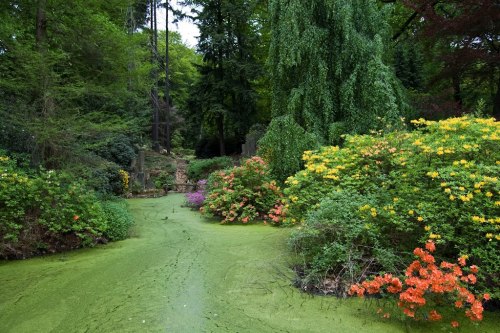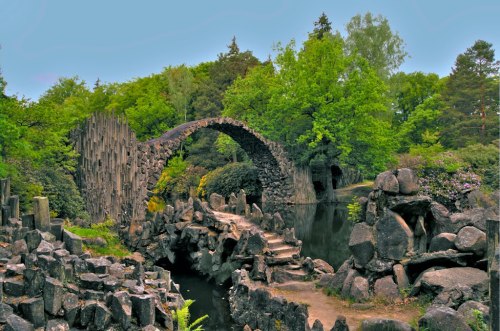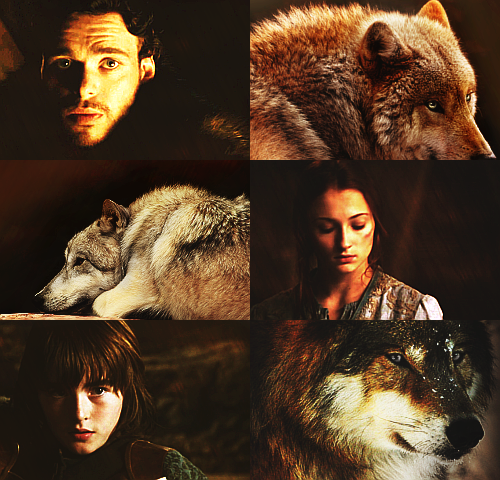1. Onfim the Warrior
2. Onfim the Beast
3. Onfim's Friends and Family
4. People
5. More people
6. Battle Scenes
7. Yet more battle scenes
8. More people
9. Onfin and his badass dad
“One of the most fascinating archeological finds in Russia has been the discovery of hundreds of “birchbark documents” (messages written on the bark of birch trees with a sharp stylus) that were created from the 11th to the 15th century.
The birchbark documents of Novgorod are a major source for information about life in Medieval Novgorod because they are not the writings of church theologians or political leaders, but rather, personal messages, IOUs, love letters, shopping lists, and so on. One of the most fascinating items, in my mind, is a collection of children’s drawings that have been unearthed.
Children’s drawings in the Middle Ages?! Even if such things were created in period, how could they have survived to the present day? After all, finger paints, magic markers, and crayons were not yet in use, paper was far too valuable of a commodity to waste on children, and refrigerator doors were unavailable for the display of Junior’s artistic genius. Most of the products of childhood inspiration probably were expressed on the ephemeral canvas of dirt or sand.
But birchbark was a different story. The bark was widely available (although there are indications that excessive use of the medium caused a decline in the local birch population) and easily cultivated. Anyone could use it. When one was finished with the message, it was simply thrown into the mud, where the presence of water and clay created an unusually bacteria-free environment which preserved the documents. So, we have the ideal medium: cheap, easy to come by, and (thanks to unique geology) preserved for hundreds of years.
The drawings from Novgorod that we have found appear to all come from a Russian boy named Onfim, who lived at the end of the twelfth century or beginning of the thirteenth century in the city of Novgorod. By the estimate of the archaeologists who unearthed his works, he was around seven years old at the time that he made these drawings.
Onfim was being taught to write, but he was obviously restless with his lessons and when he could get away with it, he intermixed his assignments with doodlings. In this first example, he started to write out the first eleven letters of the alphabet in the upper right corner, but got bored and drew a picture of himself as a grown-up warrior impaling an enemy with his spear. To remove any doubt about the identity of the warrior, he even labeled the person on the horse as “Onfim.”
Fantasies of becoming a mighty warrior were not the only things that Onfim thought up though. In another example, he took the piece of bark that he was practicing on (left), turned it over (right), and drew a picture of himself disguised as a wild beast (which he identified by writing “I am a wild beast” [Ia zver’] over it). The beast, with its long tongue (or fiery breath), is apparently still a friendly beast as it is carrying a sign that reads “Greetings from Onfim to Danilo” [Poklon ot Onfima ko Danile]. Danilo (i.e., Daniel) was probably a friend, perhaps even a schoolmate sitting next to Onfim.
Onfim liked to draw people and while his artistic aptitude may have been lacking, he was prolific.”
source: http://www.goldschp.net/SIG/onfim/onfim.html
